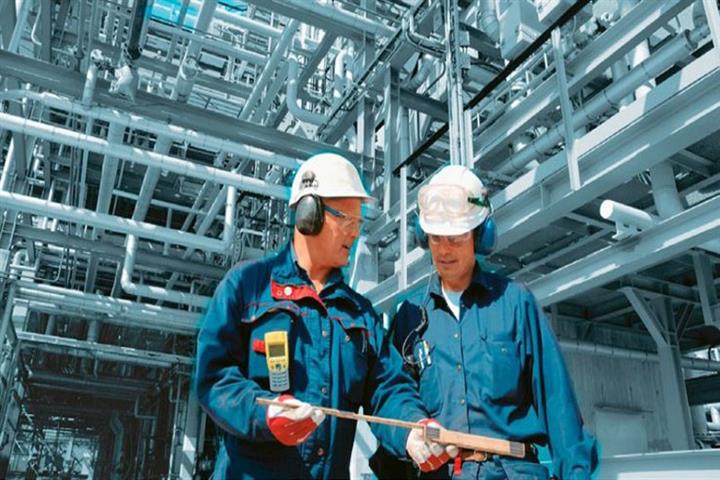• Product-related risks
• Flammability
o Risks incurred by flammable products; flash point, explosive limits
o Ignition sources; flames, self-ignition temperature, sparks and static electricity, pyrophoric products
o Presence of oxygen; risks incurred by inlet of air
o Preventive measures and precautions: during normal conditions, during draining and sampling; in the event of leaks; with regard to storage tanks; during loading and unloading; during repair work
o B.L.E.V.E.
Fluid behaviour and related hazards
o Vessel pressure and consequences of an increase or decrease in temperature: thermal expansion, vaporization, collapsing due to vacuum, freezing due to pressure relief
• Physical hazards involving personnel
o Poisoning: ingestion, metabolism and elimination
o Cases related to specific products: chlorine, hydrogen sulfide, benzene, acids, alkalis, additives, inhibiters
• Equipment-related risks
o Main risks
o Avoidance of risks through the correct use of commonplace equipment: safety valves, rupture discs
o Corrosion hazards and control
• Safety in process operations
o Precautions and risks related to the use of utilities: inert gases, liquid water, steam, air, gas oil, fuel gas
o Safety related to blowdown and drainage toward: flare, slops, tanks, oily water
o Blending procedures: conditions for installing blinds or stoppers
o Degassing-inerting: steam, nitrogen, water, vacuum, work permits
o Entry into vessels - atmosphere analysis: oxygen content, explosivity, toxicity
o Start-up: checks, accessibility and cleanliness, line up, nitrogen-, water-, steam- or vacuumedaeration
o Seal tests
• Hazard analysis in design and operations
o Basic concepts; hazards rating
o Basic techniques used: check-lists, HAZAN, what-if, HAZOP
o Hazards related to modifications
• Safety management
o Human factors in risk management
o Safe and unsafe habits, motivation
o Difficulties in improving safety results
o Typical safety organization
o Ten keys for good safety management in the field






comments (0)